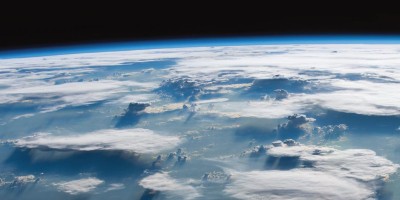Wetlands are home to microorganisms that produce and emit methane. Very small wetlands, tucked into unexpected places, might be making a larger contribution to the global methane budget than previously thought.

References
Martinson, G. O. Nature Geosci. doi:10.1038/ngeo980 (2010).
Whalen, S. C. Environ. Eng. Sci. 22, 73–94 (2005).
Bloom, A. A. et al. Science 327, 322–325 (2010).
Keppler, F. et al. Nature 439, 187–191 (2006).
Nisbet, R. E. R. et al. Proc. R. Soc. B 276, 1347–1354 (2009).
Segers, R. Biogeochemistry 41, 23–51 (1998).
Jackson, M. B. & Armstrong, W. Plant Biol. 1, 274–287 (1999).
Author information
Authors and Affiliations
Rights and permissions
About this article
Cite this article
Yavitt, J. Cryptic wetlands. Nature Geosci 3, 749–750 (2010). https://doi.org/10.1038/ngeo999
Published:
Issue Date:
DOI: https://doi.org/10.1038/ngeo999
- Springer Nature Limited
This article is cited by
-
Simultaneous measurements of dissolved CH4 and H2 in wetland soils
Environmental Monitoring and Assessment (2018)
-
The role of vegetation in methane flux to the atmosphere: should vegetation be included as a distinct category in the global methane budget?
Biogeochemistry (2014)
-
Multi-temporal Sub-pixel Landsat ETM+ Classification of Isolated Wetlands in Cuyahoga County, Ohio, USA
Wetlands (2012)


